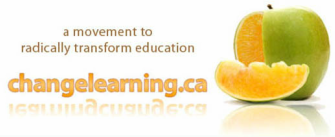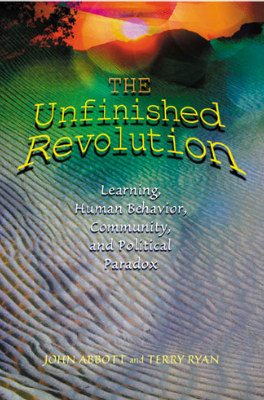Read more
|
We have all seen youth who can spend hours perfecting complicated skateboarding feats, learning new computer games or mastering animation techniques – it is impossible to stop them from learning. Yet these same teens may struggle with learning in a classroom setting. Part of the problem is that classroom learning is often abstract, disconnected from any real-life application or the natural context for using new information.
Read more
0 Comments
If young people are to be equipped effectively to meet the challenges of the 21st century it is surely prudent to seek out the very best understandings from current scientific research into the nature of how humans learn before considering further reform of the current system.
This article by John Abbott and Terence Ryan appeared in the Spring, 1999 issue of Education Canada. Society, going back to the stage of the diaspora out of Africa, needs both the impatience, and the energy, of adolescents to keep it vital. 21st Century Learning Initiative
Society as a whole (and certainly not simply schools on their own) has to rethink how to use the creative energy of adolescence to the overall good of the community. 21st Century Learning Initiative
Youngsters who are empowered as adolescents to take charge of their own futures will make better citizens in the future than did so many of their parents and their grandparents who suffered from being over-schooled, but under-educated in their own generations. 21st Century Learning Initiative
Those neurological changes in the young brain as it transforms itself mean that adolescents have evolved to be apprentice-like learners, not pupils sitting at desks and waiting instruction. Youngsters who are empowered as adolescents to take charge of their own futures will make better citizens for the future. John Abbott
The Initiative focused on learning, not schooling, for the obvious reason – at least to us – that if we weren’t clear about how people learned, we couldn’t begin a proper consideration of educational reform. Our standpoint was that the crisis in education stems from misunderstandings about how humans learn rather than any generalized failure of schools and teachers. In other words, we quickly realized we were dealing with a crisis in childhood, not simply a crisis in schooling. The conferences echoed the more widespread problem of how society at large can convert disparate new findings on learning into useful route maps for the future of education.
Read more at The 21st Century Learning Initiative. John Abbott discusses the history of western education and the loss of the apprenticeship model (learning by doing) to the current schooling structure.
|
Categories
All
Archives
August 2015
|


 RSS Feed
RSS Feed
